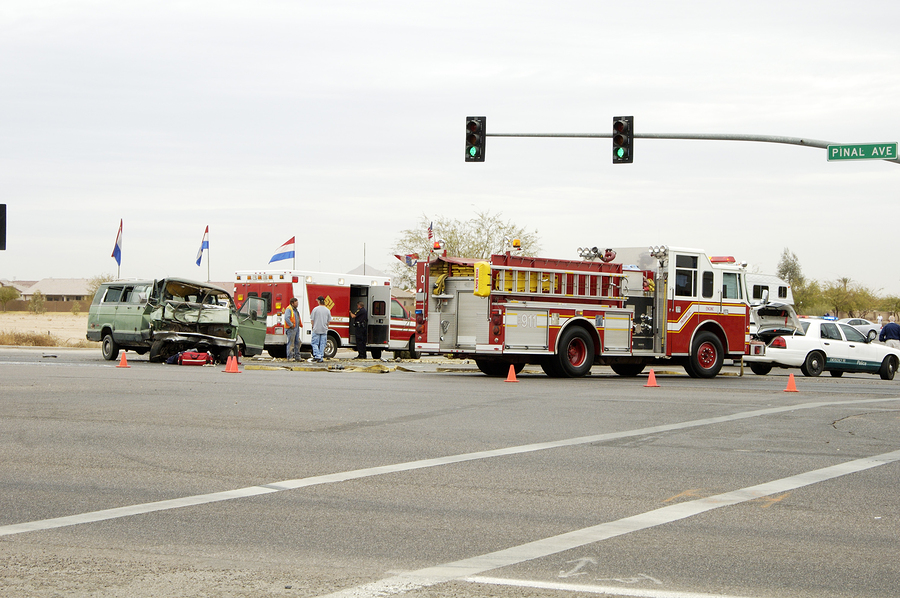Like it or Not Red Light Cameras Work
Whether you hate them or love them, red light cameras make a surprising difference.

Red light cameras can help to prevent intersection accidents like this.
Red light cameras have been controversial since they first started appearing at intersections. Many people feel that it’s not fair that “big brother” is watching us all the time. Sorry, but it is also not fair to the rest of us when you cause a car accident because you felt you didn’t need to stop for that red light.
Unfortunately for those that don’t like red light cameras, they will not be going away anytime soon thanks to studies like the one just released by the Insurance Institute of Highway Safety (IIHS).
What Does a Red Light Camera Do?
For those of you that live in larger cities, you may be surprised to know that there are many drivers across the country that don’t even know what a red light camera is. As popular are they are becoming (they can be found in 540 communities currently), there are just some places that don’t need them or don’t have the money to install them.
In fact, a city near where I live paid to have them installed but they don’t work because they can’t afford to run them now.
So for all of you that have never seen a red light camera, it is a camera that sits near at intersection and takes pictures of the vehicles that run red lights. The camera is triggered if a car crosses a certain point in the intersection after the light has already turned red. The vehicle information is then recorded and the driver can expect a ticket for running a red light to arrive in his or her mailbox shortly after that.
How Do We Know Red Light Cameras are Useful?
There have been many studies of red light cameras to verify if they are as effective as local government seem to think they are. In 2011, the IIHS found that these cameras decreased the chance of a fatal car accident caused from a driver running a red light by 24% in the major cities that had cameras installed.
In 2010, the IIHS embarked on a yearlong study in their hometown of Arlington when the city decided to install red light cameras at major intersections. The IIHS had recording cameras installed at the intersections that had the red light cameras, intersections near the ones with cameras, as well as at intersections nowhere near where the red light cameras were.
After a year of the cameras being installed they found that the cameras had significantly altered the behavior of the drivers. At the intersections that had cameras drivers were 39% less likely to run the red light after it had been red for .5 seconds, 48% less likely to run the light after it had been read for 1 second, and an amazing decrease of 86% likely after the light had been red for 1.5 seconds.
What Do These Red Light Camera Studies Mean?
Both of these studies by the IIHS flat out mean that red light cameras work. First, there is proof that the number of accidents from drivers running red lights decreases when there are cameras present. Second, the IIHS has shown that these red light cameras significantly alter the behavior of drivers making them less likely to run a red light which leads to the decrease of red light running accidents.
Trackback from your site.
